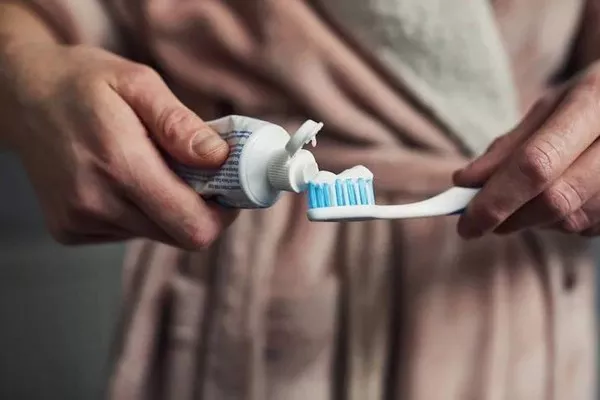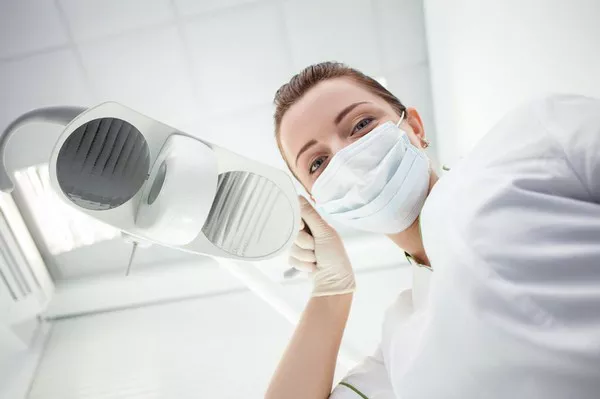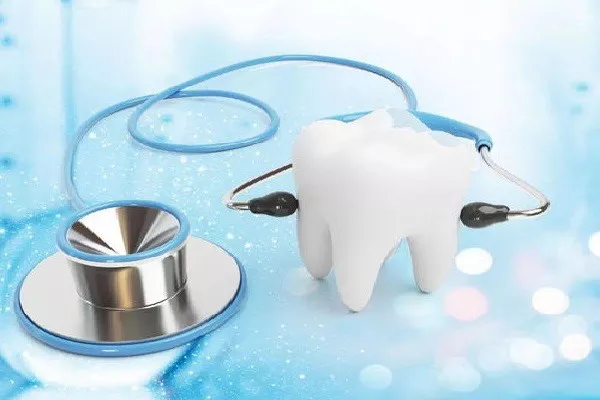Periodontal cleaning, also known as scaling and root planing, is a vital dental procedure that focuses on treating and preventing gum disease. It involves a thorough cleaning of the teeth and gums to remove plaque, tartar, and bacteria. In this article, we will delve into the details of what is involved in a periodontal cleaning, highlighting its significance and the steps taken during the procedure to promote optimal oral health.
I. Understanding Gum Disease and the Need for Periodontal Cleaning
- A. Gum Disease Overview:
- Gum disease, or periodontal disease, is an infection of the tissues that support the teeth.
- It is caused by the accumulation of plaque, a sticky film of bacteria that forms on teeth.
- If left untreated, gum disease can lead to tooth loss and have negative impacts on overall health.
- B. Indications for Periodontal Cleaning:
- Gingivitis: The early stage of gum disease characterized by red, swollen, and bleeding gums.
- Periodontitis: The advanced stage where gum pockets deepen and bone loss occurs.
- C. Benefits of Periodontal Cleaning:
- Removal of plaque and tartar: Scaling removes hardened deposits from the teeth and roots.
- Reduction of inflammation: The procedure helps alleviate gum swelling and tenderness.
- Prevention of tooth loss: Treating gum disease early on can preserve the integrity of the teeth and supporting structures.
II. Steps Involved in a Periodontal Cleaning
- A. Comprehensive Examination:
- The dentist or dental hygienist will perform a thorough assessment of your oral health.
- Measurements of gum pocket depths and X-rays may be taken to evaluate the extent of gum disease.
- B. Administration of Local Anesthesia:
- To ensure your comfort during the procedure, a local anesthetic will be applied to numb the area.
- This allows for a pain-free experience throughout the cleaning process.
- C. Scaling:
- Using specialized dental instruments, the dental professional will carefully remove plaque and tartar from the tooth surfaces, including below the gum line.
- This process involves scaling the tooth surfaces to eliminate bacterial deposits.
- D. Root Planing:
- After scaling, the dental professional will smooth out the root surfaces of the teeth.
- Root planing helps remove any remaining bacteria and promotes the reattachment of the gums to the teeth.
- E. Antibacterial Rinse:
- A medicated mouthwash or antimicrobial rinse may be used to help control bacteria and reduce the risk of infection.
- This rinse aids in disinfecting the treated areas and promoting healing.
- F. Follow-up Care and Monitoring:
- The dentist or dental hygienist will provide instructions on post-treatment care and oral hygiene practices.
- They may recommend follow-up appointments to monitor your progress and maintain optimal oral health.
III. Aftercare and Oral Hygiene Recommendations
- A. Regular Brushing and Flossing:
- Brush your teeth at least twice a day using a soft-bristled toothbrush and fluoride toothpaste.
- Incorporate proper flossing techniques to remove plaque and food particles from between the teeth.
- B. Antimicrobial Mouthwash:
- Use an antimicrobial mouthwash recommended by your dental professional to reduce bacteria and maintain oral hygiene.
- Rinse your mouth after brushing and flossing for added protection against gum disease.
- C. Routine Dental Check-ups:
- Schedule regular dental visits to monitor your oral health and receive professional cleanings.
- Professional cleanings help prevent the recurrence of gum disease and maintain healthy gums.
Conclusion:
By prioritizing your oral health and seeking professional periodontal cleaning when necessary, you can proactively protect your smile, prevent gum disease, and maintain a healthy mouth. Remember, the investment in your oral health pays off in the form of a confident smile and overall well-being. Embrace the benefits of periodontal cleaning as an essential part of your oral hygiene routine for a lifetime of healthy and beautiful smiles.
Related Topics:





























